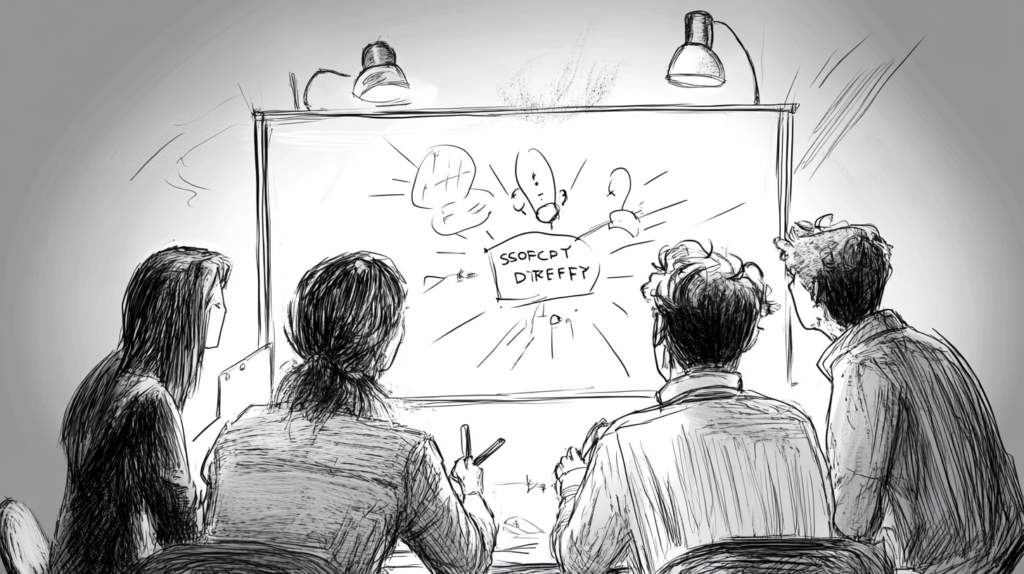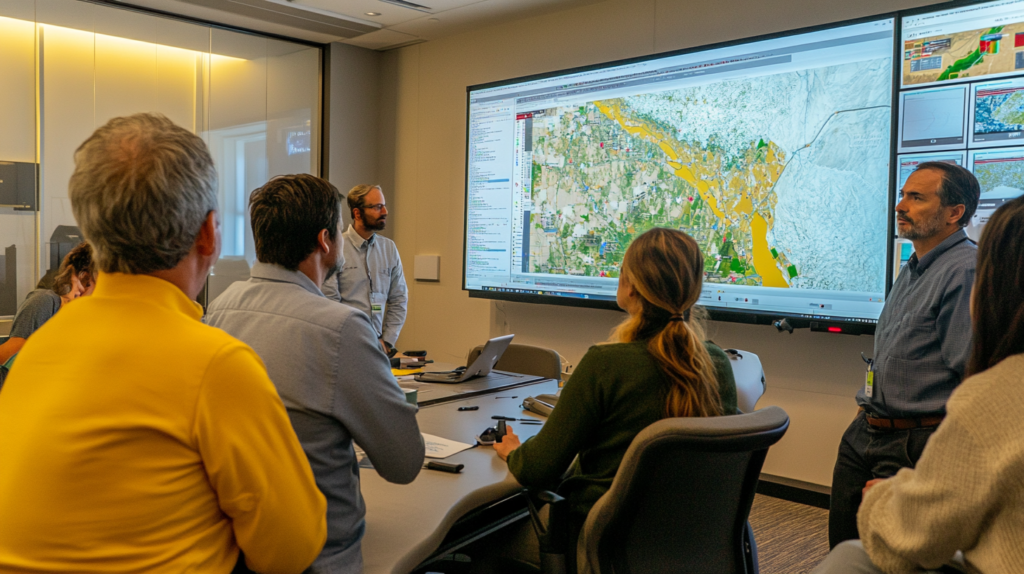Top Strategies to Reduce Project Scope Creep Fast and Effectively

Managing project scope creep is one of the biggest challenges faced by project managers. Uncontrolled changes, additions, or deviations from the original plan can derail timelines, inflate budgets, and frustrate stakeholders. By implementing proven strategies and robust scope management techniques, you can significantly reduce project scope creep and ensure successful project delivery.
Table of Contents
- Define Clear Requirements
- Create Baseline Documentation
- Ensure Stakeholder Alignment
- Implement a Strong Change Control Process
- Provide Regular Status Updates
- Use Project Management Tools
- Establish Strong Project Governance
- Why Choose Deskcove
- FAQs
Define Clear Requirements
Clear requirements are the foundation of any successful project. Without them, it’s easy for misunderstandings and misalignments to creep into the process, leading to scope creep. By focusing on collaboration and documentation, teams can set the stage for success.
Collaborate with Stakeholders
Engage all relevant stakeholders early in the project to gather detailed requirements. Use workshops, interviews, and surveys to uncover expectations and ensure they align with project objectives.
Document Every Requirement
Ensure that every requirement is well-documented, unambiguous, and approved. Clearly defined requirements act as a guide and prevent misinterpretations during execution.
Validate Requirements with the Team
Collaborate with your team to validate the feasibility and clarity of each requirement. This step ensures the project scope aligns with technical and resource capabilities.
Create Baseline Documentation
Baseline documentation acts as a reference point for the entire project. It provides a clear understanding of what the project entails and helps monitor deviations that may lead to scope creep.
Develop a Detailed Scope Statement
A detailed scope statement defines the project’s objectives, deliverables, and boundaries. It serves as a reference point to evaluate any proposed changes.
Prepare a Work Breakdown Structure (WBS)
A well-crafted WBS organizes tasks into manageable segments. It clarifies responsibilities, timelines, and resource allocations, reducing ambiguity.
Ensure Rigorous Sign-Off
Obtain formal approval from stakeholders on all baseline documents. This sign-off ensures alignment and minimizes disagreements later in the project.
Ensure Stakeholder Alignment
Alignment among stakeholders is crucial for minimizing scope creep. Misaligned expectations can lead to conflicting requests and unclear priorities.
Conduct Regular Meetings
Frequent communication with stakeholders keeps everyone aligned and informed. Regular meetings provide opportunities to address concerns and update progress.
Set Realistic Expectations
Clearly communicate the scope, constraints, and potential risks of the project. Manage expectations to avoid unrealistic demands that can lead to scope creep.
Define Roles and Responsibilities
Clarify each stakeholder’s role and responsibility in the project. When everyone understands their part, collaboration becomes more efficient, reducing unnecessary scope changes.
Implement a Strong Change Control Process
A strong change control process is essential for managing and evaluating project changes. It ensures that only justified and approved changes are incorporated.
Establish a Change Request Workflow
A formal change request process ensures that all changes are evaluated, approved, and documented before implementation.
Evaluate Change Impact
Assess the potential impact of proposed changes on the project’s scope, budget, and timeline. This step prevents unnecessary disruptions.
Obtain Stakeholder Approval
Changes should be approved by all relevant stakeholders before execution. This ensures transparency and accountability.
Provide Regular Status Updates
Regular updates are a critical component of effective project management. They keep everyone informed and help identify issues before they escalate.
Hold Status Meetings
Conduct regular status meetings to review progress and address potential issues before they escalate. Use visual tools like dashboards to enhance communication.
Use Traceability Matrices
Track requirements through a traceability matrix to ensure that all deliverables align with the project’s original goals.
Track Milestones
Monitor milestones to measure progress against the baseline plan. Early detection of deviations allows for timely course corrections.
Use Project Management Tools
Project management tools play a vital role in preventing scope creep. They provide structure, automate repetitive tasks, and centralize project data.
Choose the Right Tool
Select tools that align with your project’s complexity and needs. For example, tools like Deskcove offer comprehensive scope tracking and change management features.
Automate Repetitive Tasks
Automation reduces manual errors and frees up time for more strategic activities. Use tools to automate status updates, reminders, and task assignments.
Centralize Communication
Platforms like Deskcove centralize communication, ensuring that all project-related discussions and documents are easily accessible.
Establish Strong Project Governance
Strong governance ensures that projects remain aligned with their objectives. It provides oversight, resolves disputes, and enforces consistency.
Appoint a Project Steering Committee
A steering committee provides oversight and resolves escalations. Their involvement ensures decisions align with organizational goals.
Set Clear Governance Policies
Define policies and procedures for scope changes, risk management, and decision-making. Consistency reduces scope-related disputes.
Monitor Governance Effectiveness
Regularly evaluate governance effectiveness and make adjustments as needed. Strong governance is key to maintaining project control.
Why Choose Deskcove
Deskcove is a robust project management platform designed to reduce project scope creep effectively. With features like scope tracking, automated workflows, and centralized communication, Deskcove empowers teams to deliver projects on time and within budget. Explore how Deskcove can transform your project management approach by visiting our website today.
FAQs
What is project scope creep?
Scope creep refers to uncontrolled changes or expansions to a project’s scope without adjustments to budget, timeline, or resources.
How can I prevent scope creep?
You can prevent scope creep by defining clear requirements, implementing a strong change control process, and using project management tools like Deskcove.
What role do stakeholders play in reducing scope creep?
Stakeholders play a crucial role by aligning on project objectives, providing timely feedback, and approving changes through established workflows.


